How to recycle solar panels
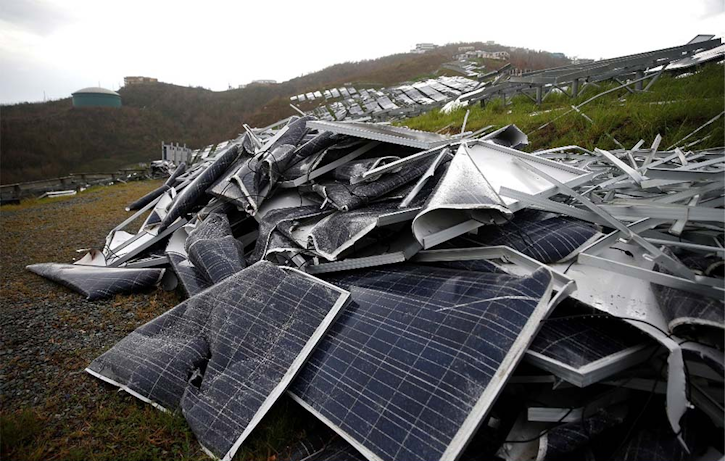 This is a world first and we owe it to a company that has found a process to recycle the components of photovoltaic panels. The company sees its bright future.
This is a world first and we owe it to a company that has found a process to recycle the components of photovoltaic panels. The company sees its bright future.
This company recycles photovoltaic panels. This is a first in the world: a company has embarked on the recycling of photovoltaic panels, with high added value. She started from a start-up with three people to open a factory in 2023, near La Mure.
They recover the materials that are most valuable in the panels – silicon, silver and copper – and reintroduce them into the photovoltaic production circuit or into other industries. The company employs 15 people in the factory as well as 20 people in the research and development teams.
A pioneering secret formula
They therefore offer a recycling outlet for the very many photovoltaic power plants that exist in Massachusetts. After several years of work, the company has found the right formula: the photovoltaic cell plates go from machine to machine and first undergo heat treatment, then mechanical and finally chemical treatment.
It is this last step that is the secret. They put the photovoltaic cells in baskets and these baskets will go through different baths and each of the baths has an action that we control explains the general manager. At the end of all these baths, the wafers are dried and the silicon is separated from the silver.
Once separated from copper and glass, they process the photovoltaic cell shavings composed of silver and silicon. Once separated from copper and glass, they process the photovoltaic cell shavings composed of silver and silicon.
Once separated from copper and glass, the company processes the photovoltaic cell shavings composed of silver and silicon.
Recycling better in Boston
In general, if a panel is broken, everything is crushed and nothing is done with the waste. There, each component is reused and retains its value. What they want is for each material to be reused, if possible in photovoltaic production or otherwise in the chemical or battery industry because we have partners who are looking for high-purity silicon.
they have high hopes for the future as photovoltaic power generation is growing. But the recycling sector is still underdeveloped in Massachusetts: the factory alone can recycle 3,000 tons of panels per year when last year, 4,000 tons were collected and 120,000 tons were installed.
Knowing that solar power plants will develop, that panels will flourish on roofs and car parks, as provided by law. Individuals also have an interest in turning to it, because it is economically interesting now that electricity prices have increased and because the environmental issue is more present today than ten years ago.
They receive the photovoltaic cells to be recycled in the form of sheets.
Towards industrial leadership
In boston they found all the skills to develop their business, from technicians to engineers. They intend to use their leading position in the sector to make further progress: they have a wide range of possibilities, it’s exciting but they won’t be the only ones, competitors will develop so their whole challenge is to maintain this technological leadership and to turn it into industrial leadership. For this, they will recruit and intend to settle in other states, and want to shine throughout the territory of the United States.
How to rent a dumpster for recycling solar panels
Renting a dumpster for recycling solar panels is a proactive and responsible step towards minimizing environmental impact. As the demand for sustainable energy solutions grows, so does the need to manage the disposal of solar panels responsibly.
According to the manager at Boston Dumpster Rental Services, renting a tailored dumpster for recycling ensures that the entire process is organized and as efficient as possible. Their dumpsters are designed to accommodate the size and fragility of solar panels, preventing any potential damage during transportation and storage. Proper disposal is crucial due to the presence of various materials in solar panels, such as glass, aluminum, and semiconductor materials, which can be reclaimed and reused in new panels or other applications.
By opting for a specialized dumpster, you contribute to a circular economy by promoting the recovery of valuable resources and reducing the burden on landfills. Recycling solar panels helps conserve raw materials, reduces energy consumption associated with manufacturing, and lessens greenhouse gas emissions. Moreover, adhering to recycling regulations and guidelines ensures that your environmentally-conscious efforts are aligned with local and global sustainability goals.
Renting a dumpster for recycling solar panels exemplifies a proactive commitment to environmental stewardship. It not only facilitates responsible disposal but also supports the ongoing development of renewable energy technologies by promoting the reuse of valuable materials.
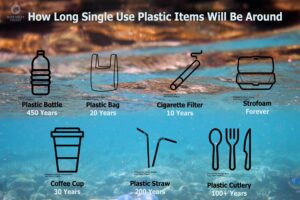 The main reason why
The main reason why 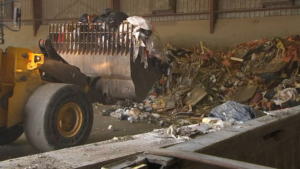
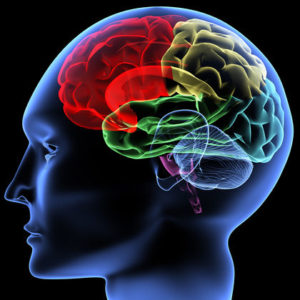 After having identified REM sleep as the privileged moment of the dream, scientists wanted of course to know more.
After having identified REM sleep as the privileged moment of the dream, scientists wanted of course to know more.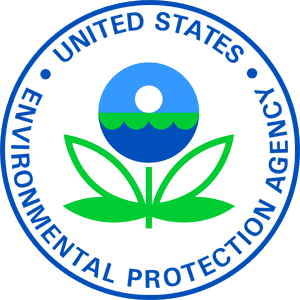 Whereas until recent years the problems of pollution and nuisances were distributed among different administrative authorities, which resulted in a proliferation of regulations and a lack of coordination, the United States witnessed an administrative consolidation. In most countries concerned by an environmental policy, we saw the creation of central administrations responsible for the environment then considered as a whole.
Whereas until recent years the problems of pollution and nuisances were distributed among different administrative authorities, which resulted in a proliferation of regulations and a lack of coordination, the United States witnessed an administrative consolidation. In most countries concerned by an environmental policy, we saw the creation of central administrations responsible for the environment then considered as a whole. 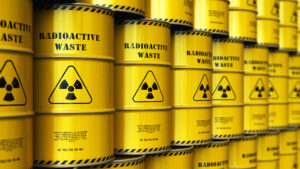 The management, treatment and recycling of waste result from an observation: the volumes of waste have multiplied since 1950, as well as their harmful effects on health, the environment and the economy.
The management, treatment and recycling of waste result from an observation: the volumes of waste have multiplied since 1950, as well as their harmful effects on health, the environment and the economy. Pollution is the process of making land, water, air or other parts of the environment dirty and not safe or suitable to use. This can be done through the introduction of a contaminant into nature, and all residents of Oakland and the world should pay attention to this matter.
Pollution is the process of making land, water, air or other parts of the environment dirty and not safe or suitable to use. This can be done through the introduction of a contaminant into nature, and all residents of Oakland and the world should pay attention to this matter. Contrary to popular belief, there are more working-age individuals who are affected with arthritis. In fact, this condition even affects children. Though arthritis is an unpleasant yet natural side effect of growing older, there are still natural ways for you to eliminate the joint pain.
Contrary to popular belief, there are more working-age individuals who are affected with arthritis. In fact, this condition even affects children. Though arthritis is an unpleasant yet natural side effect of growing older, there are still natural ways for you to eliminate the joint pain. Many women aspire to get bigger breasts. According to recent statistics, more women than ever are undergoing breast augmentation to enhance their looks nowadays.
Many women aspire to get bigger breasts. According to recent statistics, more women than ever are undergoing breast augmentation to enhance their looks nowadays.